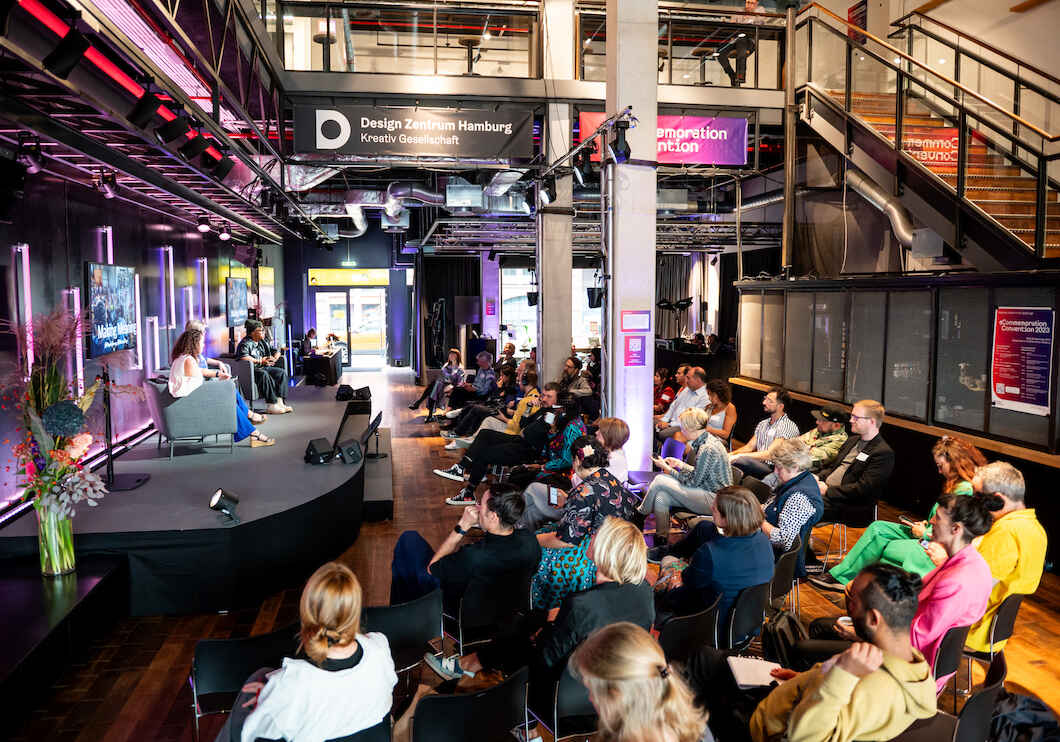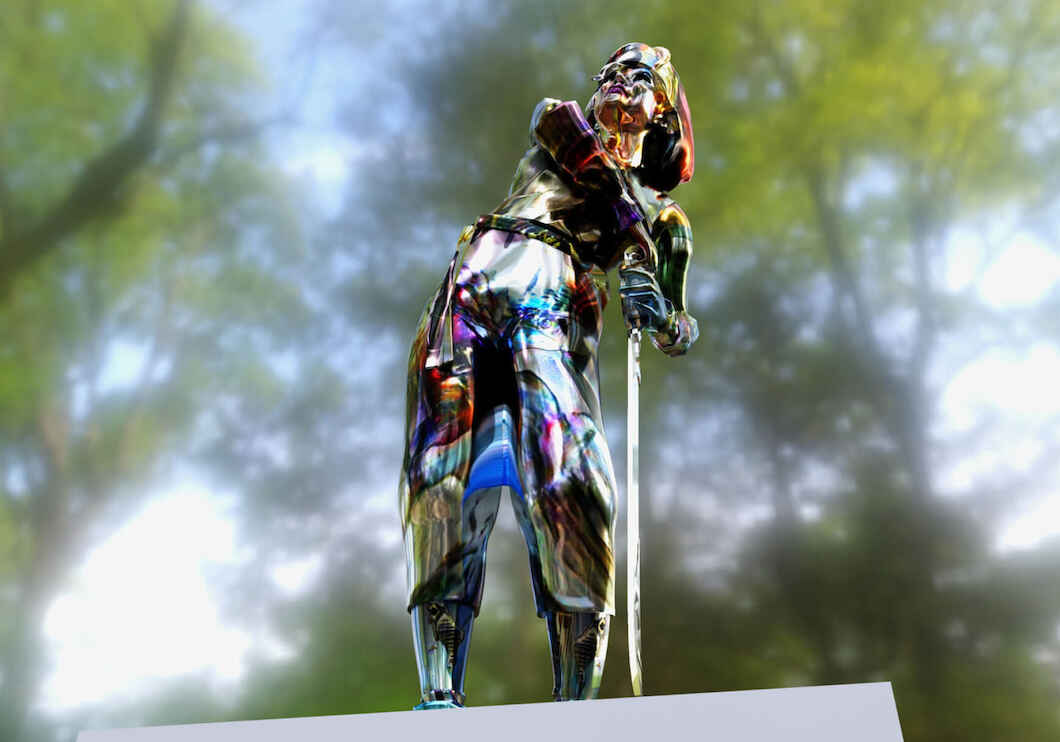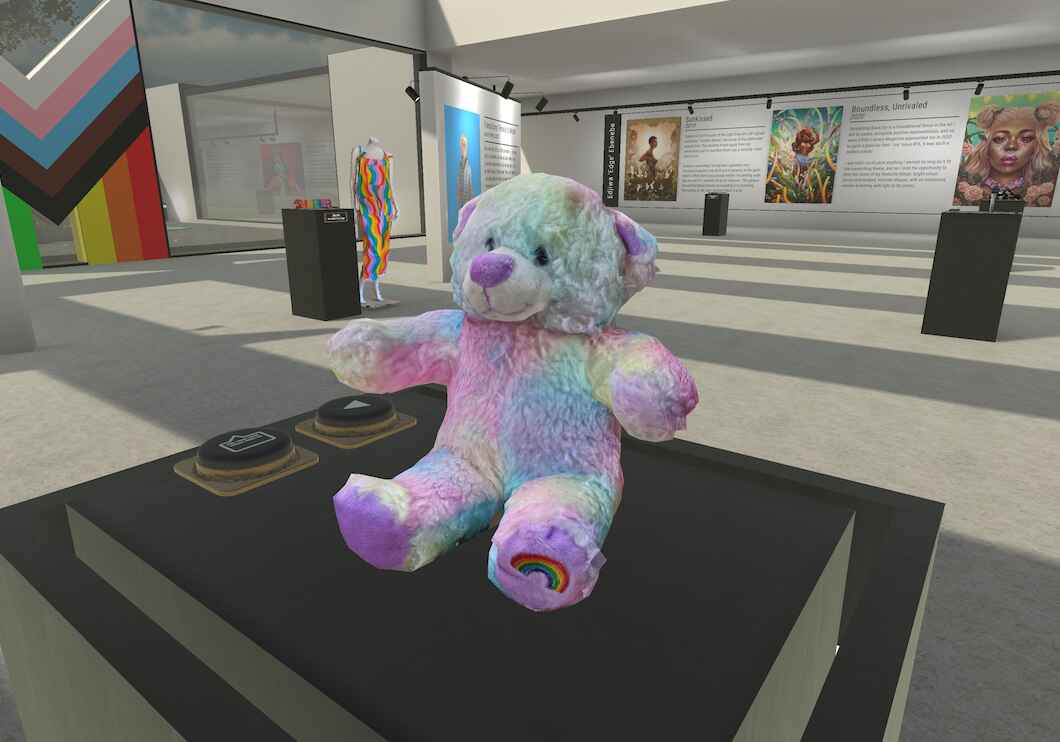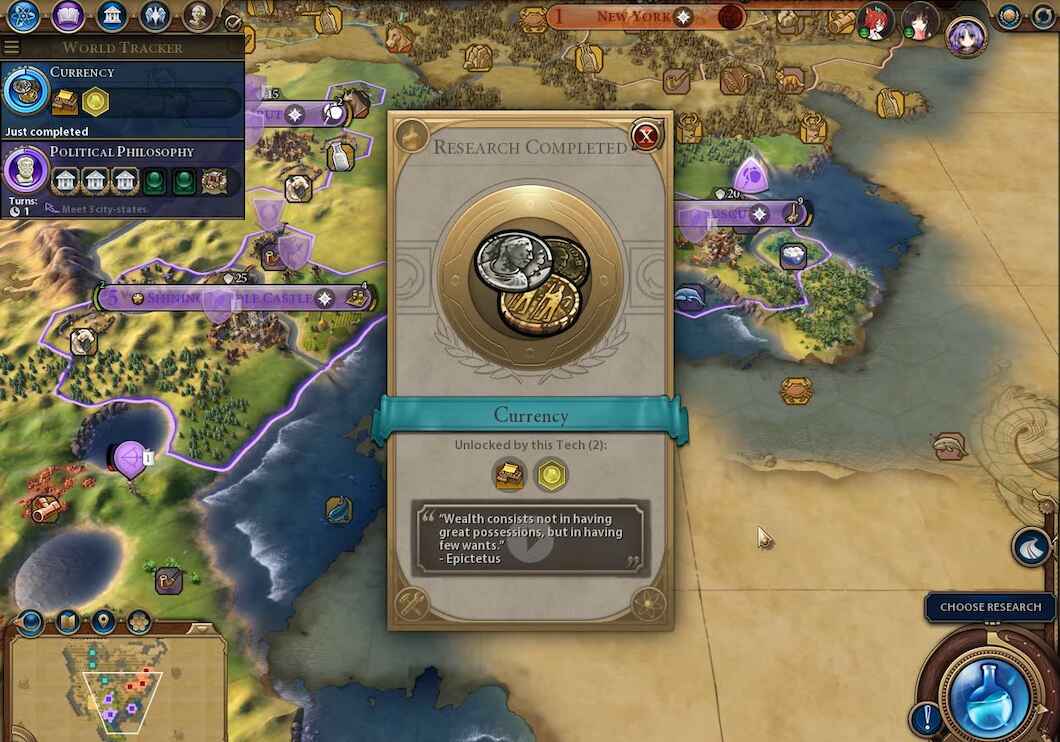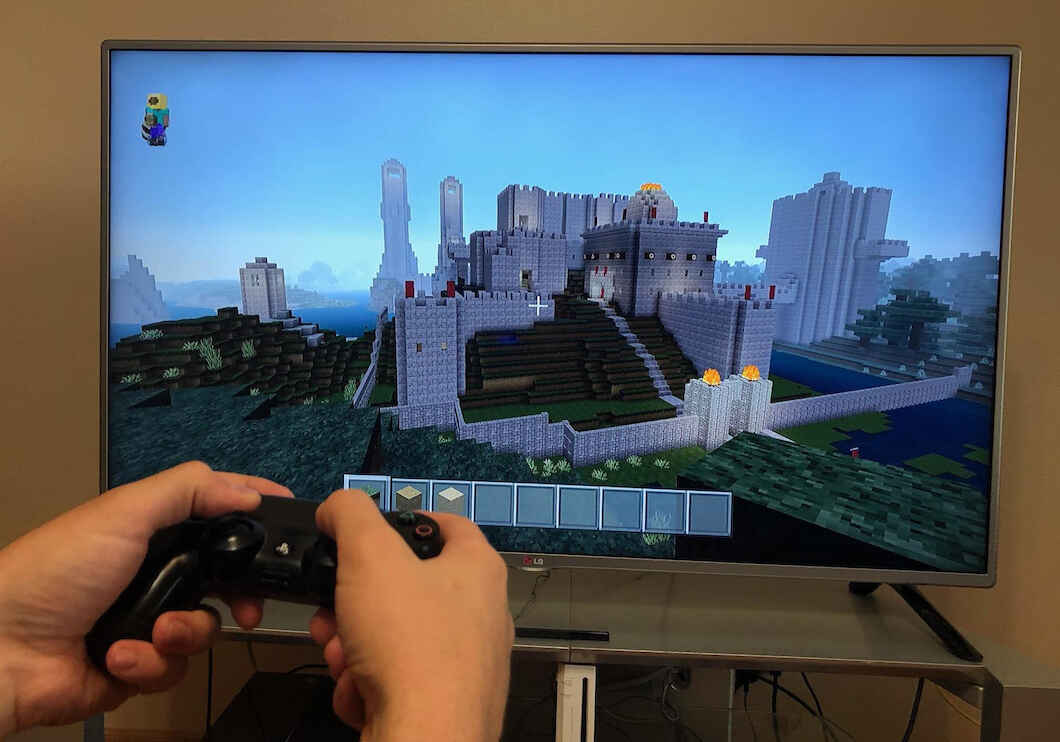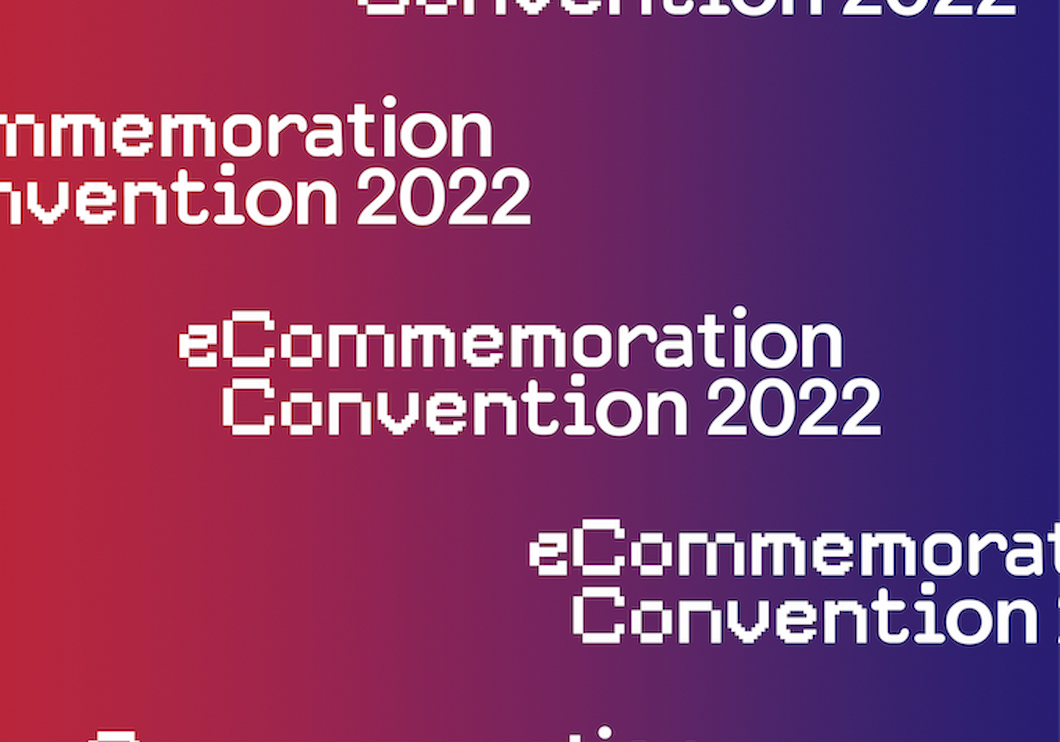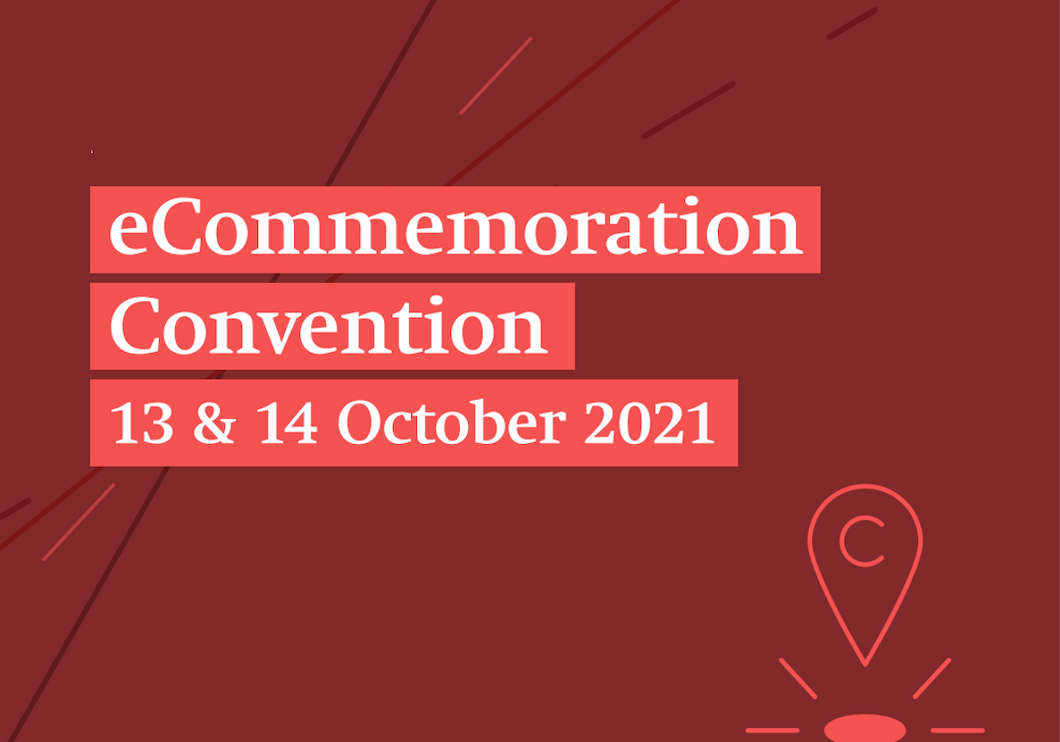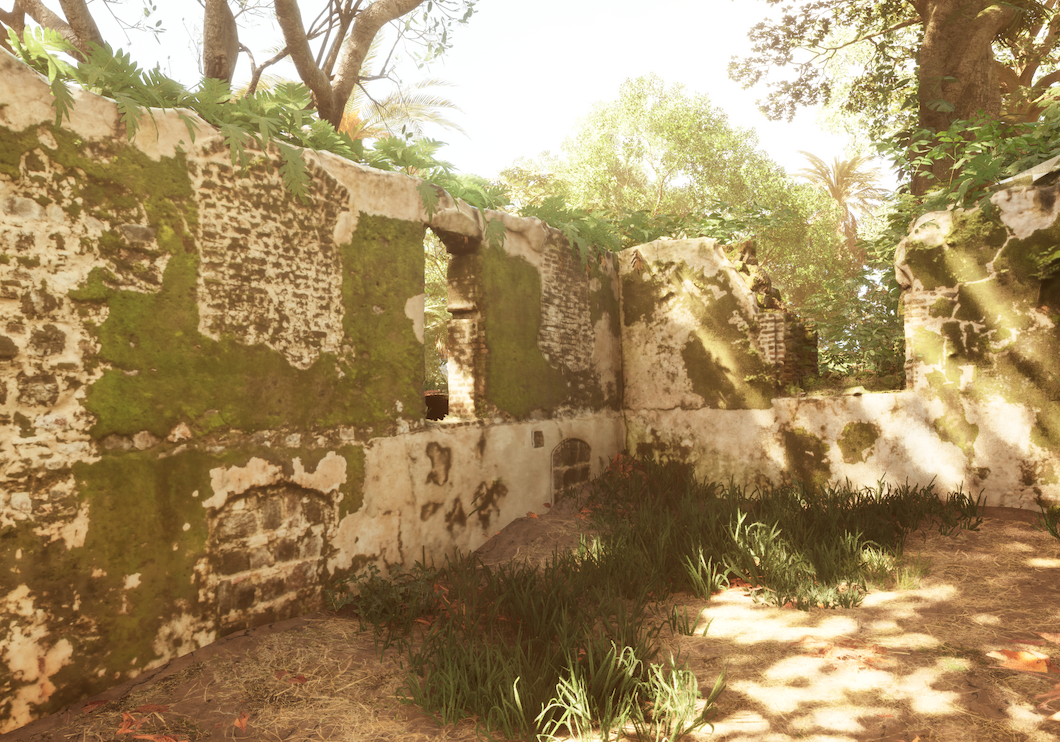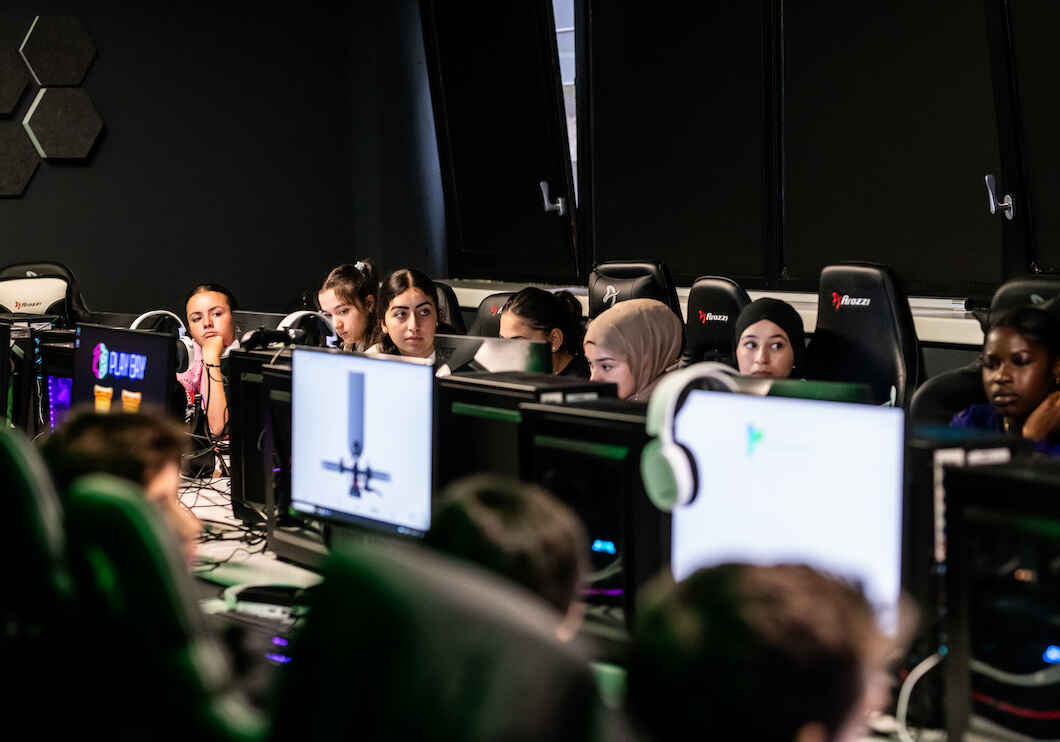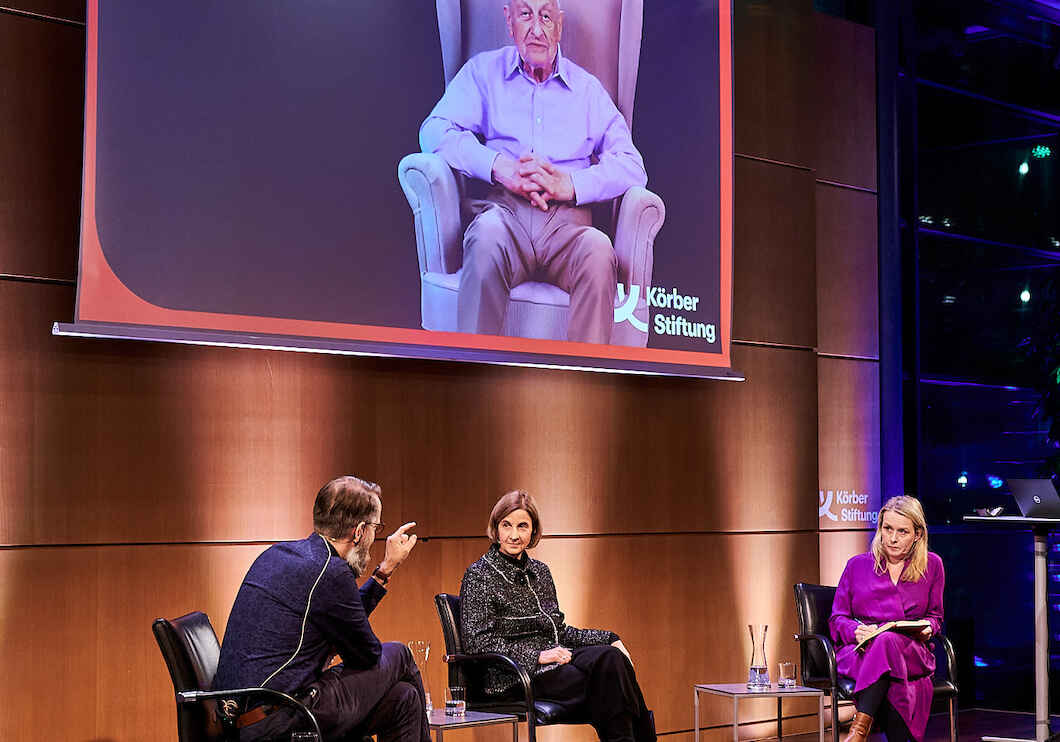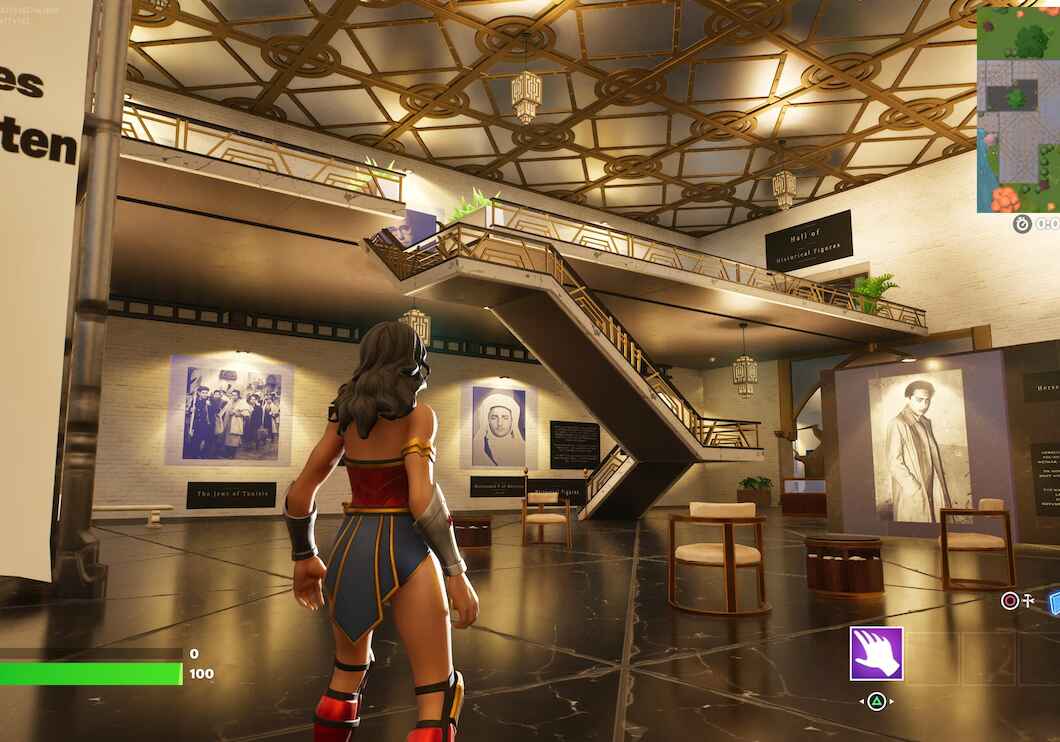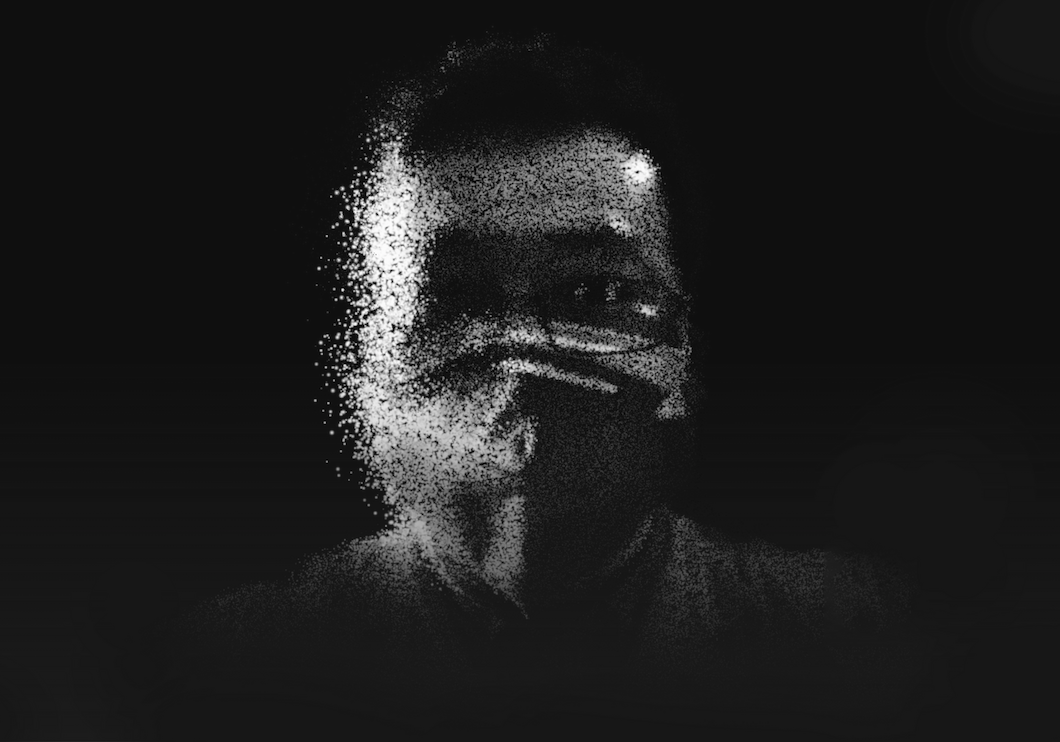Under the Shadow of Hammer and Sickle
Pawel Schreiber takes a closer look at the interplay between history and video games in Eastern European productions, highlighting the way developers portray the historical past of the region. From monstrous echoes of the Communist era to nostalgic journeys through Soviet landscapes, unique perspectives on memory and heritage are being presented.
Remembrance of the Eastern Bloc in Video Games
Text: Pawel Schreiber
The rise of Central and Eastern European video game development is a very important part of the recent history of the gaming industry. In the 1990s, games from countries such as Poland, Ukraine, Czechia or Bulgaria hardly ever reached global audiences, and if they did, they were regarded as a curiosity at best. Things changed with the successes of games like the Czech franchises Hidden&Dangerous or Mafia, the Ukrainian series S.T.A.L.K.E.R and Metro, or the Polish Witcher. Right now, the world’s gamers are waiting for the premiere of the next S.T.A.L.K.E.R game (delayed because of the Russian attack on Ukraine) and playing the latest part of one of the great franchises of the 1990s – Jagged Alliance. The first two parts of JA were made in Canada. The third one – in Bulgaria.
Sharing History, Heritage and Memory through Games
With the development of the Central and Eastern European gaming industry came an interesting opportunity to use games as a vehicle for narratives about the past viewed from a perspective different from the American and Western European view, strongly dominating in the field of games and popular culture in general. Hidden&Dangerous (1999) is a Czech game about British commandos during World War Two, a common theme in popular WW2 stories – but the player may choose soldiers coming from occupied Czechoslovakia and Poland, learning about their backstories, and getting glimpses of the horror of the war in Central and Eastern Europe.
Games became a great way of telling the global audience about local memories and experiences. It is no wonder, then, that some of them also touched upon the experience of living in the Soviet Bloc – and ways of remembering it.
The Monsters of our Past
In some games, the Communist past breeds monsters. They are quite literal in S.T.A.L.K.E.R., where the Zone around the Chornobyl power plant, explored years after the catastrophe, is filled with horrifying mutants born from the radiation.
The underlying subject of mind control on a mass scale can be easily read as an allegory of the Soviet Union – an empire already dead, but still exerting its influence on people within its former orbit.
That is not all. Some of the stalkers (people who explore the Zone for its treasures) lose their minds and become zombie-like defenders of the Zone’s central regions. The underlying subject of mind control on a mass scale can be easily read as an allegory of the Soviet Union – an empire already dead, but still exerting its influence on people within its former orbit.
The monumental ruins of the Soviet Empire, filled with monsters born out of it, is a running theme in many other games, such as the Polish Gorky 17 (dangerous mutants in a former Soviet military base), Ukrainian You Are Empty (zombified versions of the whole menagerie of Stalinist propaganda) or the recent Czech HROT.
In an alternate past, the Czechoslovakia of the 1980s is invaded by monsters and zombies created by the Chornobyl disaster. They, in turn, wake up other terrors and phantoms from the Czech past.
The protagonist of HROT will take arms not only against inhuman creatures in hazmat suits and mutated animals, but also against the reanimated cyborg mummy of Klement Gottwald, the first Communist leader of Czechoslovakia, and ghosts of the participants of the Hussite wars. The Czech indie game developer Spityhněv created a fascinating mixture of deep historical and cultural references, action-packed gameplay and a brilliant sense of humour.
Echoes of similar approaches can be found in Chernobylite and Chernobyl VR. Chernobyl VR is a virtual reality documentary created by the Polish studio Farm51. Right away, it impresses with its realistic visuals – the images of the Exclusion Zone are based on photogrammetric documentation of actual objects and places.
The team from Farm51 took numerous trips to the area of Chornobyl, bringing huge amounts of material which was later used also in the game Chernobylite. The third production growing out of this impressive digitalisation project is the upcoming VR game Chernobyl Again by Vimagineo, a company growing out of Farm51. Together, these projects offer a fascinating opportunity for a virtual trip into the Zone.
Again, where the Zone is first and foremost a site of dangerous memories. In these games, the memory of the Communist past is essentially monstrous – a creature suppressed for a moment, but always in danger of breaking out again.
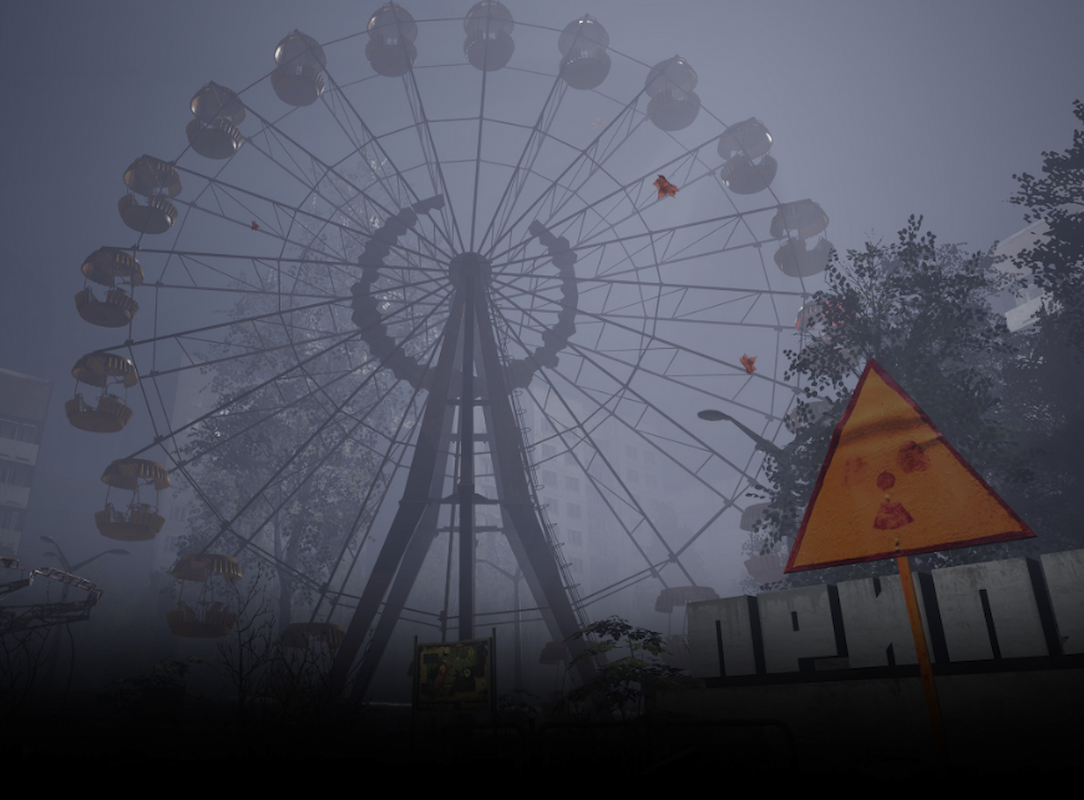
Chernobyl Again Visuals: Vimagineo Studio 



Nostalgia on the Road
Not all memories of the Communist period represented in video games have to be traumatic. They are not only about fear – sometimes they can be about nostalgia as well. After all, the second half of the 20th century was also a time when people lived their lives, grew up and, sometimes after years of waiting, got their first flats or cars.
In video games, it is the cars of the period that are most strongly linked to nostalgic returns to a time when technology may have been crude, but it also had a particular simplicity and much more human scale.
In Poland, a whole series of low-budget racing games was devoted to the popular cars of the Communist period. Maluch Racer focused on the affectionally named “Tiny” Fiat 126p, the Polish version of the compact Italian car which was by far the most common vehicle in the Polish streets of the 1970s and 1980s. It was followed by Poldek Racer (Poldek is a diminutive of Polonez, the luxury car of the Polish 1980s) and Trabi Racer (here the players drove the Eastern German Trabant). In the Polish cyberpunk game Observer, the protagonist, played by Rutger Hauer, drives a flying car clearly based on Polonez.
Another example is Jalopy by the British indie developer Greg Pryjamchuk, a nostalgic game about an Eastern European Road trip.
It is the summer of 1990. The young protagonist and his uncle get into their car, Laika (strictly based on the East German Trabant) and go on a wild road trip through Eastern Europe, to Turkey, to reunite with their family. When the car breaks down, they don’t have to call for help. They (you) take the tools from the trunk and get it back in shape.
The relaxing, slow-paced gameplay can be misleading – the story of the uncle caught on the wrong side of the Berlin Wall in 1961 is painful. But the trip itself becomes liberating. The game plays with the nostalgia for the simplicity of technology in the Soviet Bloc – and memories of the singular moment when the walls fell, the borders opened, and Eastern Europe was dizzy with freedom.
The Future Past Tense
Memories of the past can sometimes be used to build visions of alternative presents and futures. Images of the Soviet Bloc have been frequently used like this in video games. Perhaps the most celebrated example is the scenery of the clearly Eastern European City 17 in the Half-Life series. The Bulgarian-born art director of Half-Life 2, Viktor Antonov, used the architecture of the Soviet Bloc countries as an idiom for a visual narrative about the oppression of humanity by mysterious alien invaders.
The local experience of life under the Soviet yoke became universal – accepted and admired by gamers all over the world. Other examples of such an approach include All Walls Must Fall, a game in which the Berlin Wall survives 1989.
